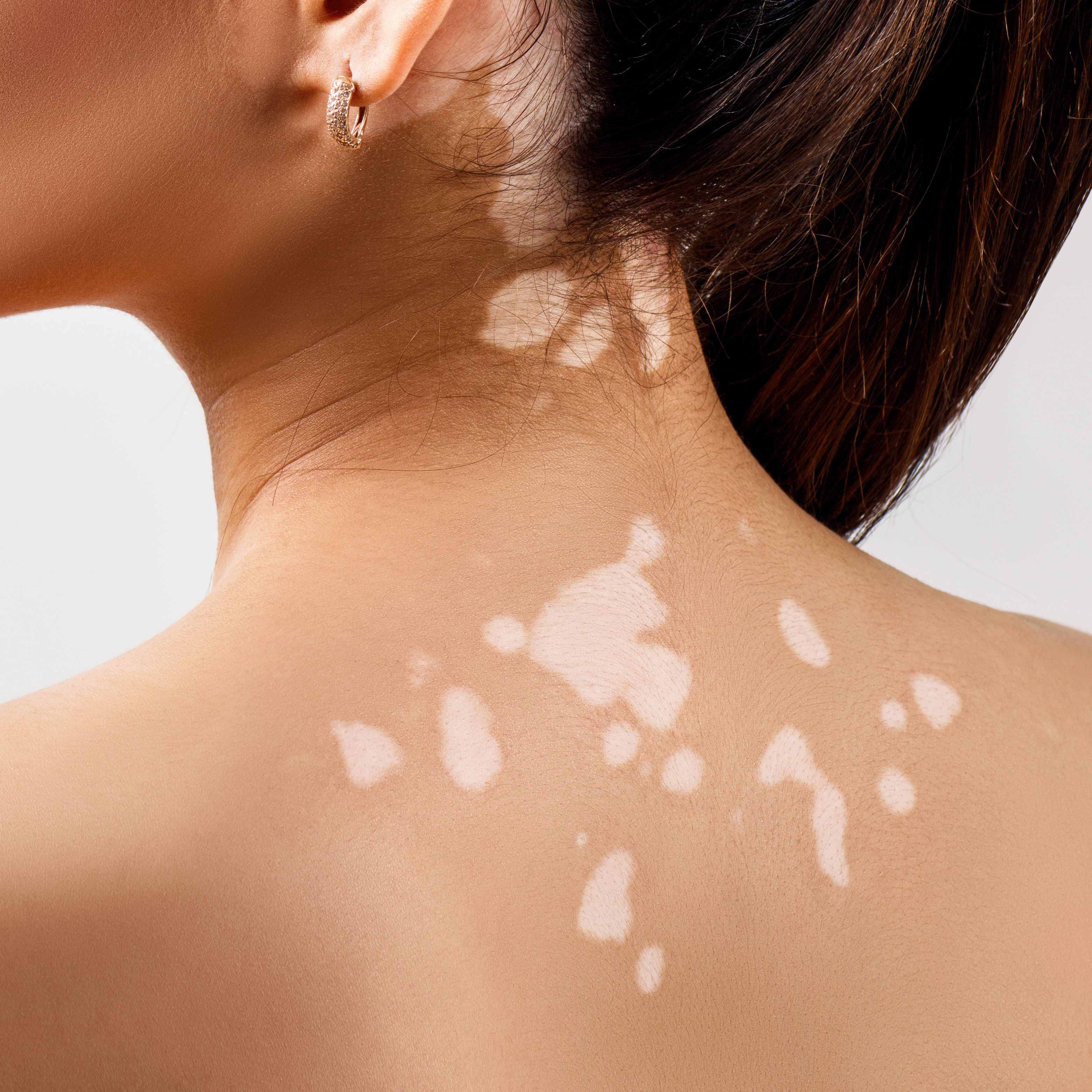Lasers Are an Effective Form of Vitiligo Treatment - Managed Healthcare Executive

Laser treatment presents as being highly effective for vitiligo repigmentation over other forms of treatment.
Laser treatment presents as being most effective for vitiligo repigmentation over other forms of treatment.
This treatment uses light to restore the lost color of skin effect of Vitiligo. Vitiligo is a sychologically impairing autoimmune disorder inducing skin depigmentation that affects 0.2–1.8% of the population. The skin condition appears as pale patches on the skin and happens when the body stops producing melanocytes, the cells responsible for the skin pigment melanin.
There is no cure for vitiligo, but treatment, like lasers, can help even out a person's skin tone.
According to a review shared in the Journal of the European Academy of Dermatology and Venereolog, there are many treatment options for vitiligo those affected would like to treat it. For example, there are various laser treatments and the treatment course can depend on the individual's condition and skin type.
However, those who aren't able to get treated with a laser may choose other treatment options such as topical medications, surgical procedures, or light therapy.
Lasers are an effective therapeutic option with a diversity of indications in vitiligo, according to the review. These indications comprise of repigmentation monotherapy, combination with Narrow-band ultraviolet B (NB-UVB), recipient site preparation before grafting and depigmentation.
The laser devices that have been used are as diverse as the indications. The excimer laser is reviewed as the most affective.
According to Medical News Today, about 70% of people who opt for excimer laser treatment see results. However, the results may disappear in those who stop treatment within one year.
When aiming for repigmentation, monotherapy with a 308 nm excimer or a 311 nm titanium sapphire laser is effective, the review said. The combination of the excimer laser with topical calcineurin inhibitors provides higher repigmentation rates. A minimum of 20 excimer laser sessions two or three times per week is recommended.
Lasers for recipient site preparation can be used on large, delicate and cosmetically compromised areas in order to achieve repigmentation without harming surrounding skin, the review said.
Other forms of lasers include:
- Short-pulsed CO2 laser
- Erb:YAG lasers: Both the Er:YAG laser and the CO2 laser have been reported to enhance repigmentation when combined with NB-UVB. Their use is preferred as they give less thermal damage and a reduced risk of scarring.
- Fractional lasers: Improve the outcomes of repigmentation as an add-on therapy for NB-UVB.
- Q-switched lasers: Q-switched lasers are safe, rapidly acting and induce depigmentation in most of the patients although maintenance sessions are usually necessary.
- Ti: Sapphire lasers: This laser can be as effective as excimer lasers and is a useful alternative in some cases.
The outcomes of laser treatment depend on many variables. High repigmentation rates after excimer laser treatment are more likely at a young age, with short disease duration and facial localization, the review said.
Although, patients are highly satisfied with the results and severe side-effects are very uncommon, according to the review. Laser treatments can be standardized, yielding highly reproducible effects. It is important to mention all laser treatments are relatively expensive, not available in every hospital, not home-based and are only suited for small areas. Each type of laser has its benefits and risks and should be individually chosen based on location, extent, activity and type of vitiligo.
Comments
Post a Comment